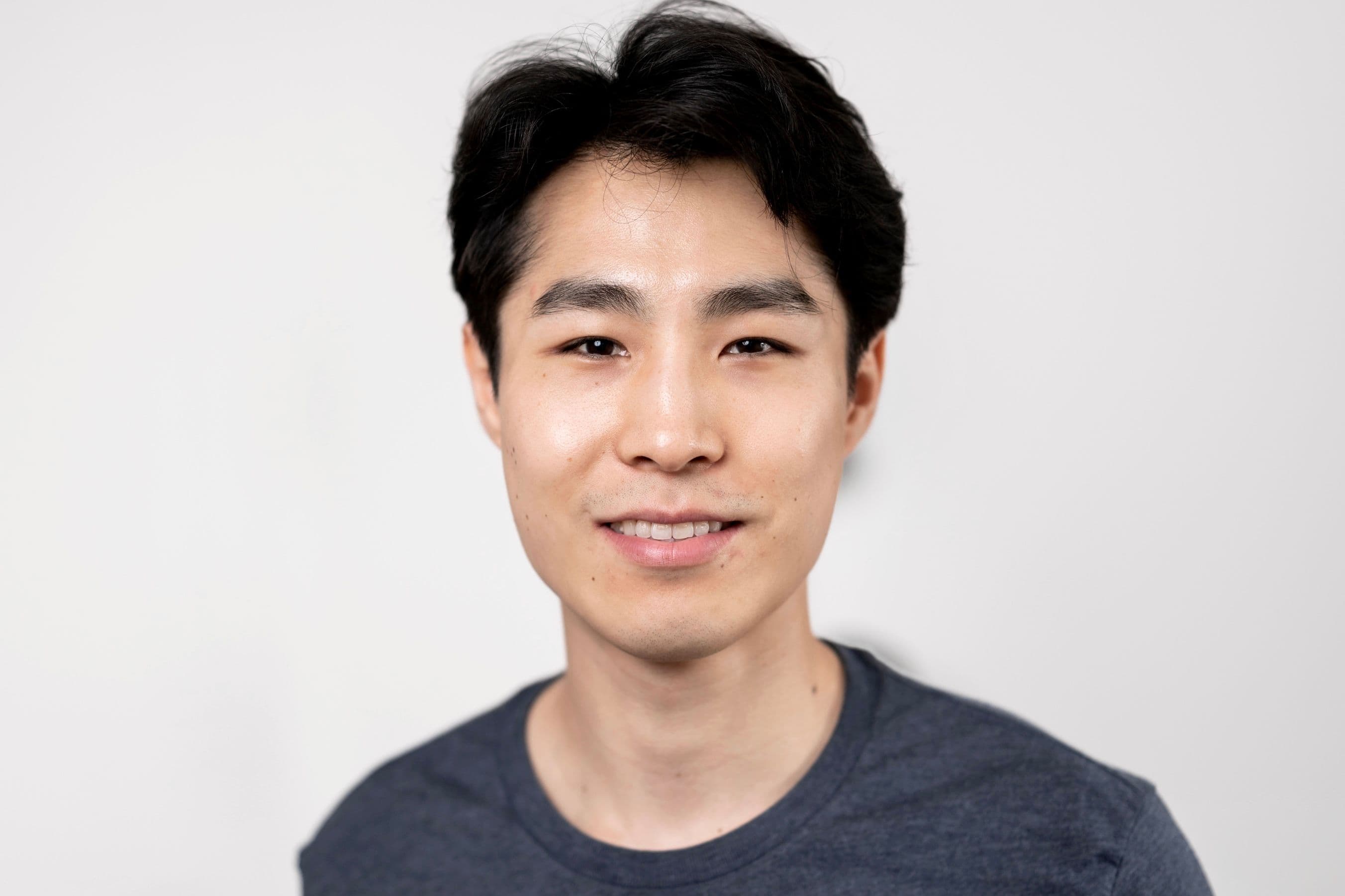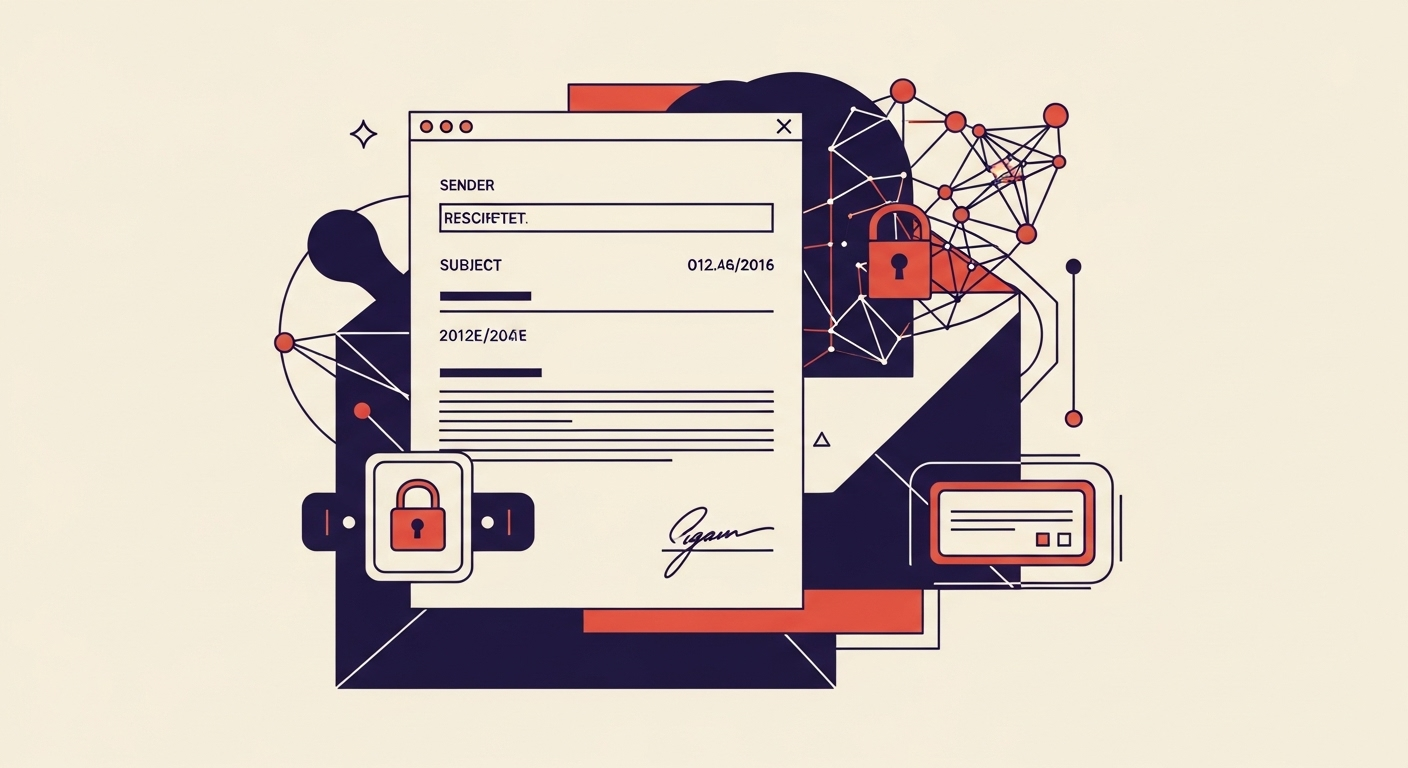Does DKIM sign the email body or just the headers?

Michael Ko
Co-founder & CEO, Suped
Published 25 Jan 2025
Updated 14 Sep 2025
7 min read


DKIM-Signature: v=1; a=rsa-sha256; c=relaxed/relaxed; d=example.com; s=selector1; h=From:To:Subject:Date:MIME-Version:Content-Type:Content-Transfer-Encoding; bh=AbCdEfGhIjKlMnOpQrStUvWxYz0123456789+; b=ExampleSignatureValue

